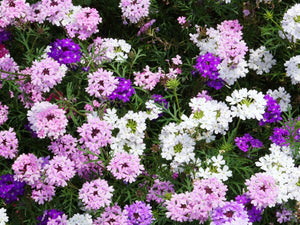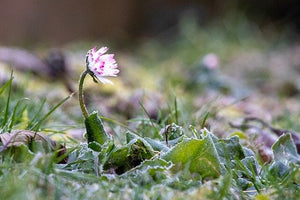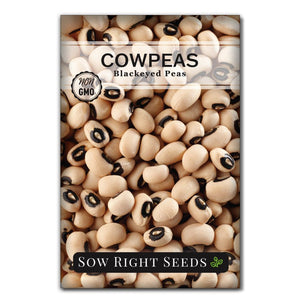How to Grow Bachelor Buttons (Cornflowers) from Seed: Easy Flower for Beginners
Bachelor Buttons, also known as Cornflowers, are charming heirloom flowers beloved for their frilly petals, bright blue hues, and easy-growing nature. These cheerful annuals make beautiful cut flowers, attract pollinators, and thrive even in poor soils—making them a perfect addition to cottage gardens, borders, or wildflower meadows.

Bachelor buttons (Centaurea cyanus) is an annual flower with papery petals. They are a popular filler flower because of their color range and vase life of up to two weeks.
These flowers are also popular with pollinators. Grow some in your garden to see an increase in bees and butterflies.
How to Grow Bachelor Buttons from Seed
Bachelor Buttons are easy to grow and can be direct sown into the garden as soon as all danger of frost has passed. You can also start seeds indoors 4-6 weeks before the last frost date. Starting seeds indoors will give you earlier blooms.
You can also succession sow to have blooms all summer. Sow seeds every 2 or 3 weeks until the middle of summer.

Tips for Fail-proof Cornflower Seed Germination
Cornflower or Bachelor Buttons seeds are not fussy and are easy to germinate.
Moisten soil
Plant seeds ¼” deep or lightly cover with soil
Optimal soil temperature 60-70ºF
Keep soil moist until seeds germinate in 7-14 days
Keep grow lights close when starting Bachelor Buttons indoors to prevent leggy seedlings.
Once seedlings have true leaves, you can start hardening them off to transplant outdoors. Space Bachelor Buttons seedlings 6 to 8 inches apart. The transplanted seedlings can be buried to the depth of the first true leaves.

Growing and Caring for Bachelor Buttons
Sun
Soil
Water
Fertilizing
It’s not necessary to fertilize Bachelor Buttons. However, you can apply a little extra phosphorus for more blooms. Don’t overdo it. This plant can tolerate poor soil.

Harvesting Bachelor Buttons
The best time to cut Bachelor Buttons is right before the blossoms open. Cutting the blooms at this stage will give them a longer vase life.
To encourage more flower growth, regularly deadhead the blooms before they go to seed. Once the plant goes to seed, it stops producing flowers.
You can pinch early growth to have bushier plants with more side branches.
Solutions for pests and diseases
Bachelor Buttons are relatively pest and disease-free, but there are always aphids to watch out for.

Bachelor Button FAQs
Are bachelor button flowers edible?
Yes, bachelor buttons are edible.
What time of year do Bachelor Buttons bloom?
Do Bachelor Buttons reseed?
Yes, in many climates, they will self-sow if the flowers are left to go to seed.
Fun Facts:
Bachelor Buttons were worn in the buttonholes of men's jackets during Victorian times, symbolizing love and fidelity.
The distinctive blue pigment in Cornflowers was once used as a natural dye and in medieval manuscripts.
Bachelor Buttons are the national flower of Estonia and were a favorite of German Emperor Wilhelm I.
Bachelor Buttons are such an easy flower to grow from seed. You can add them to a cottage garden, a flower farm, or even a low-maintenance annual border. They’ll give you charming colors and welcome the beneficial pollinators. Plant this heirloom flower in your garden.







Leave a comment